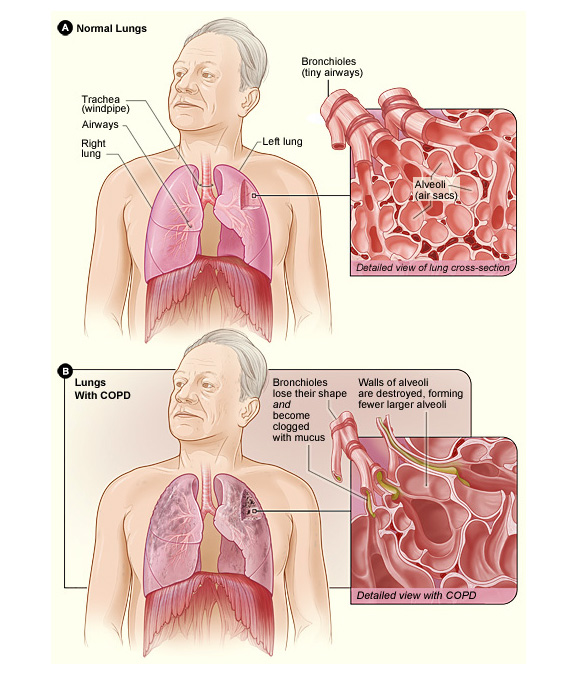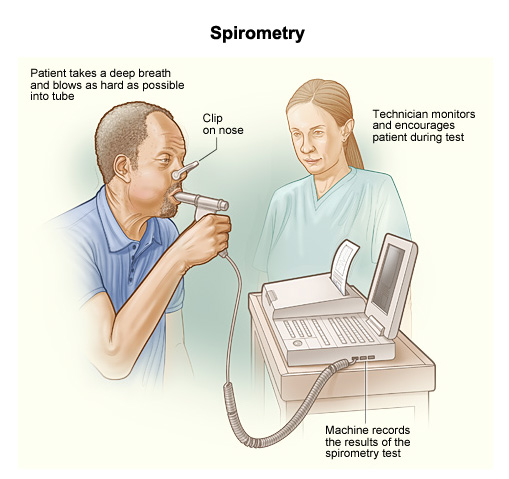Air Impact to Health – What you should know before you buy an air filter?
The danger of Ultrafine Particles (UFP)
Ultrafine particles (UFPs) are particulate matter of nano scale size (less than 100 nano metres in diameter). Regulations do not exist for this size class of ambient air pollution particles, which are far smaller than the regulated PM10 and PM2.5particle classes and are believed to have several more aggressive health implications than those classes of larger particulates.
Airborne UFPs can be measured using a condensation particle counter, in which particles are mixed with alcohol vapor and then cooled allowing the vapor to condense around them which are then counted using a laser scanner.
UFPs are also consequence of manufactured technology with carbon based UFPs having plethora of applications in computers. This includes the use of grapheme and carbon nano tubes in electronic as well as other computer and circuitry components.
Other than naturally occurring, byproducts are emissions from specific processes, combustion reactions, or equipment such as printer toner and automobile exhaust.
Diesel exhaust is believed to contain toxic air contaminants via combustion process resulting in significant production of nitrogen oxides (NOXs) and is listed as a possible carcinogen for humans by the IARC in group 1.
Compared to petrol engines, diesel engines produce very little carbon monoxide as they burn the fuel in excess air even at full load, at which point the quantity of fuel injected per cycle is still about 50 percent lean of stoichiometric, a quantitative relationships among substances in chemical reactions.
Diesel particulate matter (DPM), sometimes also called diesel exhaust particles (DEP), is the particulate component of diesel exhaust including soot and aerosols such as ash particulates, metallic abrasion particles, sulfates, and silicates.
Mortality from diesel soot exposure in 2001 was at least 14,400 out of the German population of 82 million, according to the official report 2352 of the Umweltbundesamt Berlin (Federal Environmental Agency of Germany).
There are a multitude of indoor sources that include but are not limited to laser printers, fax machines, photocopiers, the peeling of citrus fruits, cooking, tobacco smoke, penetration of contaminated outdoor air and vacuum cleaners.
UFPs are the main constituent of airborne particulate matter. Due to their numerous quantity and ability to penetrate deep within the lung, UFPs are a major concern for respiratory exposure and health.
Inhaled PM10and PM2.5 as utrafine particles are deposited in the lungs to penetrate tissue and undergo interstitialization, or to be absorbed directly into the bloodstream that are not easily removed from the body and may have immediate effect.
The only true way to mitigate the amount of UFPs in indoor air would be to identify through IAQ testing, use source control methods in which potential emission sources are either removed or limited in use through technological deployment.
Particle Pollution - A big problem in a very small package!
Particle Pollution or Particulate Matter (PM) is tiny drops of liquid or small particles of dust, metals and other materials that float in the air. Some particles are large or dark enough to be seen, others are so small that they can only be detected with an electron microscope. PM is measured in micrometers, with matter less than 10 micrometers in diameter posing the greatest health risk. Particles less than 2.5 micrometers in diameter are described as being 'fine' particles. These particles are easily inhaled and can become lodged in the lungs and produce respiratory illness.
PM comes from a variety of natural sources including volcanic ash, salt from ocean spray, forest fires, and dust from fields. Man-made PM comes from the burning of wood, diesel, and other fuels. Various processes that take place in industrial plants, such as incineration, are also large sources of PM distribution. A PM greater than 2.5 micrometer in diameter is usually the result of smoke and dust from industry and agricultural production, while particles less than 2.5 generally come from combustion of fossil fuels.
Adverse Health Effects
Particle pollution - especially fine particles - can get deep into the lungs and cause serious health problems. Numerous scientific studies have linked particle pollution exposure to a variety of problems, including:
• Respiratory symptoms, such as irritation of the airways, coughing, or difficulty breathing
• Decreased lung function
• Aggravated asthma
• Development of chronic bronchitis
• Irregular heartbeat
• Nonfatal heart attacks
• Premature death in people with heart or lung disease.
People with heart or lung diseases, children and older adults are the most likely to be affected by particle pollution exposure. However, even if you are healthy, you may experience temporary symptoms from exposure to elevated levels of particle pollution.
OZONE POLLUTION
• When a good gas turns bad!
Ozone (O3) is a gas that forms when three atoms of oxygen are combined. In the upper-atmosphere, ozone is found naturally and protects the earth from harmful ultraviolet radiation. But ground-level ozone (smog) is man-made, a result of pollutants emitted by motor vehicles, power plants, industrial manufacturing and other sources.
Automobile exhaust and industrial emissions release a family of nitrogen oxide gases (NOx) and volatile organic compounds (VOC), by-products of burning gasoline and coal. NOx and VOC combine chemically with oxygen to form ozone during sunny, high-temperature conditions of late spring, summer and early fall. High levels of ozone are usually formed in the heat of the afternoon and early evening, dissipating during the cooler nights.
Adverse Health Effects
People with lung disease, children, older adults, and people who are active can be affected when ozone levels are unhealthy. Numerous scientific studies have linked ground-level ozone exposure to a variety of problems, including:
• Airway irritation, coughing, and pain when taking a deep breath
• Wheezing and breathing difficulties during exercise or outdoor activities
• Inflammation, which is much like a sunburn on the skin
• Aggravation of asthma and susceptibility to respiratory illnesses like pneumonia and bronchitis
• Permanent lung damage with repeated exposures
Healthy people also experience difficulty in breathing when exposed to ozone pollution. Because ozone pollution usually forms in hot weather, anyone who spends time outdoors in the summer may be affected.

Spirometry
During this painless test, a technician will ask you to take a deep breath in. Then, you'll blow as hard as you can into a tube connected to a small machine. The machine is called a spirometer. The machine measures how much air you breathe out. It also measures how fast you can blow air out.

The image shows how spirometry is done. The patient takes a deep breath and then blows hard into a tube connected to a spirometer. The spirometer measures the amount of air breathed out. It also measures how fast the air is blown out.
